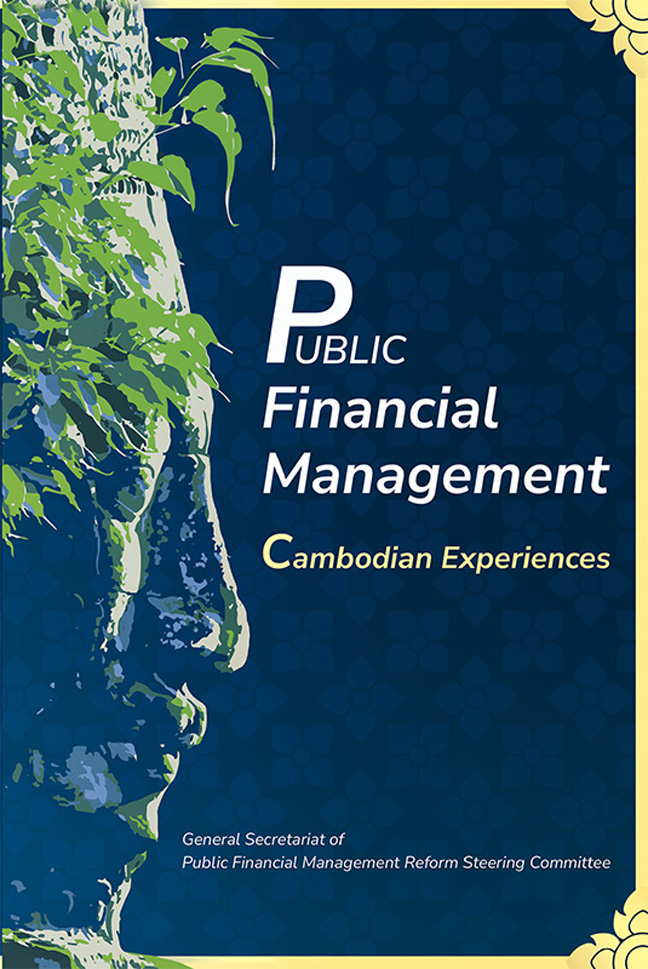Book contents
- Frontmatter
- Contents
- List of Figures
- List of Tables
- Foreword
- Preface
- Acknowledgements
- Notes on the Author, Editors and Contributors
- Abbreviations
- Chapter 1 Introduction
- Chapter 2 Overview of Cambodian Economy and PFM Reform Program
- Chapter 3 Strategic Planning and Budgeting
- Chapter 4 Components of PFM in Cambodia
- Chapter 5 PFM System Assessment Tools
- Chapter 6 Case Study
- Chapter 7 PFM Experiences of Selected ASEAN and OECD Countries
- Bibliography
- Glossary
- Index
Chapter 3 - Strategic Planning and Budgeting
Published online by Cambridge University Press: 26 March 2024
- Frontmatter
- Contents
- List of Figures
- List of Tables
- Foreword
- Preface
- Acknowledgements
- Notes on the Author, Editors and Contributors
- Abbreviations
- Chapter 1 Introduction
- Chapter 2 Overview of Cambodian Economy and PFM Reform Program
- Chapter 3 Strategic Planning and Budgeting
- Chapter 4 Components of PFM in Cambodia
- Chapter 5 PFM System Assessment Tools
- Chapter 6 Case Study
- Chapter 7 PFM Experiences of Selected ASEAN and OECD Countries
- Bibliography
- Glossary
- Index
Summary
The potential benefits of effective medium-term budgeting have been extensively documented. A well-designed and well-managed framework for medium-term budgeting contributes to better fiscal discipline and control, increased efficiency in resource allocation, and improved cost-effectiveness of service delivery by enhancing clarity in policy objectives, predictability in budget allocation, and accountability and transparency in the use of resources. For Cambodia, it starts with preparing the fiscal framework, now called the Medium-Term Macroeconomic and Public Finance Framework (MMPFF) that is aligned with global macroeconomic outlooks, RGC’s policy priorities, and revenue and expenditure trends.
The Budget System Reform Strategy (BSRS) describes three elements for forming the budget planning framework:
1. Medium-Term Macroeconomic and Public Finance Framework;
2. Medium-Term Budget Framework (MTBF); and
3. Budget Strategic Plans at ministries, institutions and provincial levels.
The MMPFF is currently used for the preparation of the budget law but is to be phased out and replaced by the Medium-Term Fiscal Framework (MTFF) between 2025 and 2027, starting at the commencement of the 2023 budget law preparation. The introduction of the MTFF and MTBF will strengthen medium-term budgeting in the annual budget process. These two tools will be critical for developing economic policy in Cambodia. The budget process operates on a three-year rolling basis, covering the budget for the immediate year and two years after, to ensure a truly medium-term outlook for budget planning.
3.1 MEDIUM-TERM FISCAL FRAMEWORK
The MTFF is a macroeconomic model that provides the basis to forecast growth by economic sector, inflation, interest rates, exchange rates and potential revenues and expenditures. These forecasts are based on assumptions of the sectoral interaction in the economy as well as the potential impact of shocks in the world economy. The reliability of the forecast is dependent upon the accuracy of the economic model and its assumptions, which attempt to reflect the actual status of the economy.
The MTFF will be part of a transparent planning and budget formulation process that will attempt to link government policies and priorities to resource allocation. It is designed to ensure overall fiscal discipline by setting fiscal targets and allocating the resultant resources to strategic priorities within these targets. The Rectangular Strategy (RS) and National Strategy Development Plan (NSDP) are the primary strategic policy inputs to the MTFF.
The MTFF sets out a fiscal strategy and fiscal policy stance by determining the total revenue and expenditure for the medium term.
- Type
- Chapter
- Information
- Public Financial ManagementCambodian Experiences, pp. 42 - 56Publisher: ISEAS–Yusof Ishak InstitutePrint publication year: 2023

